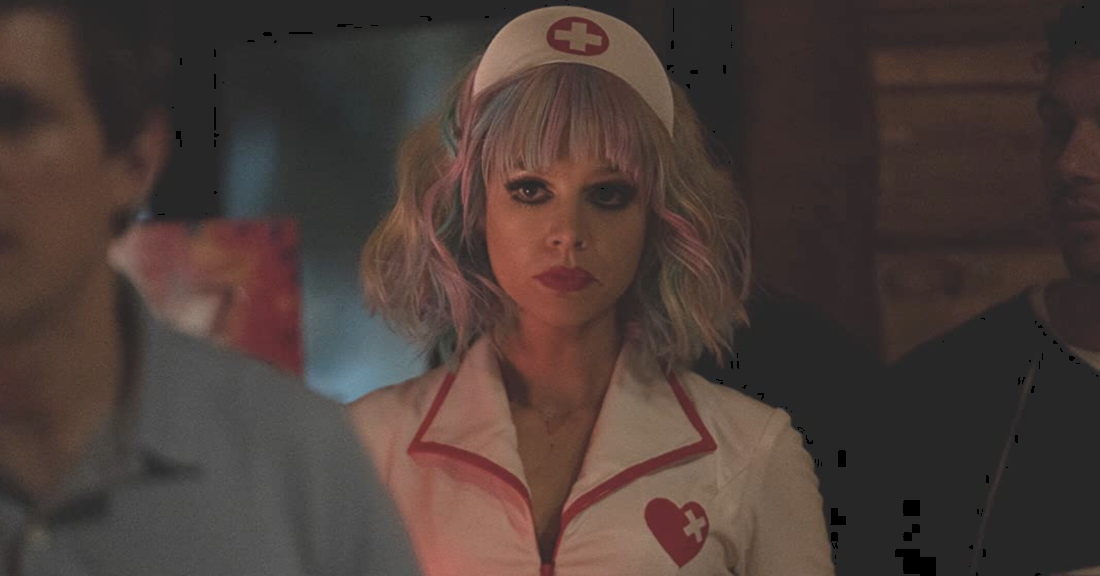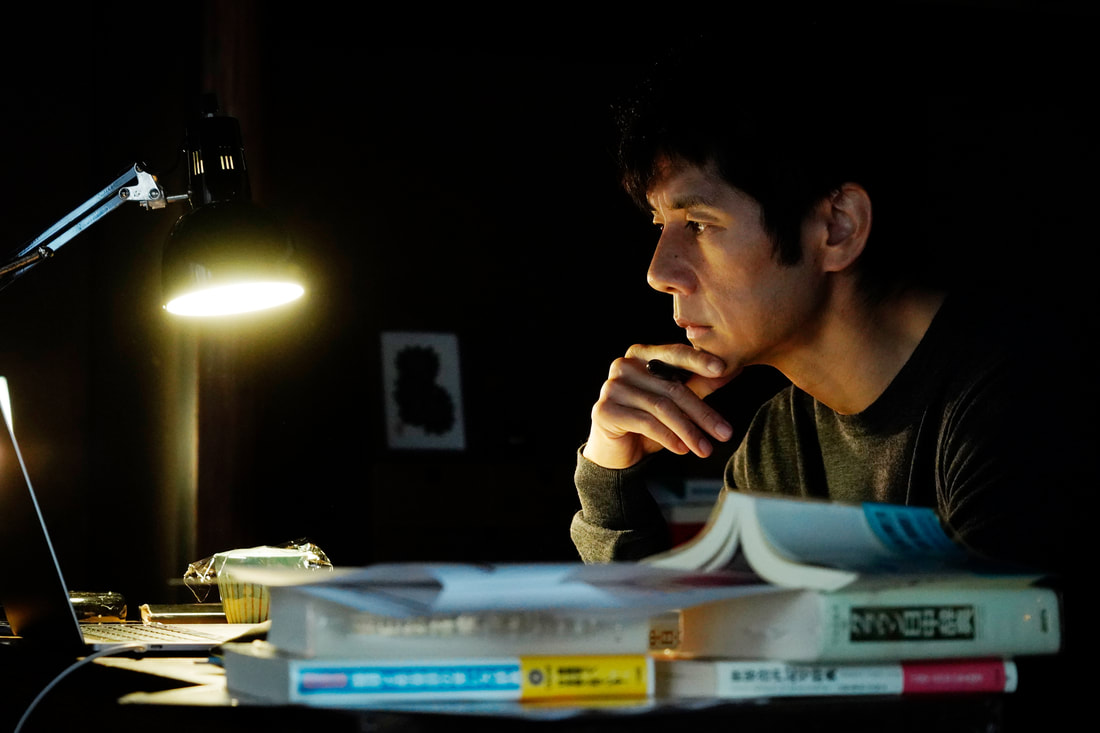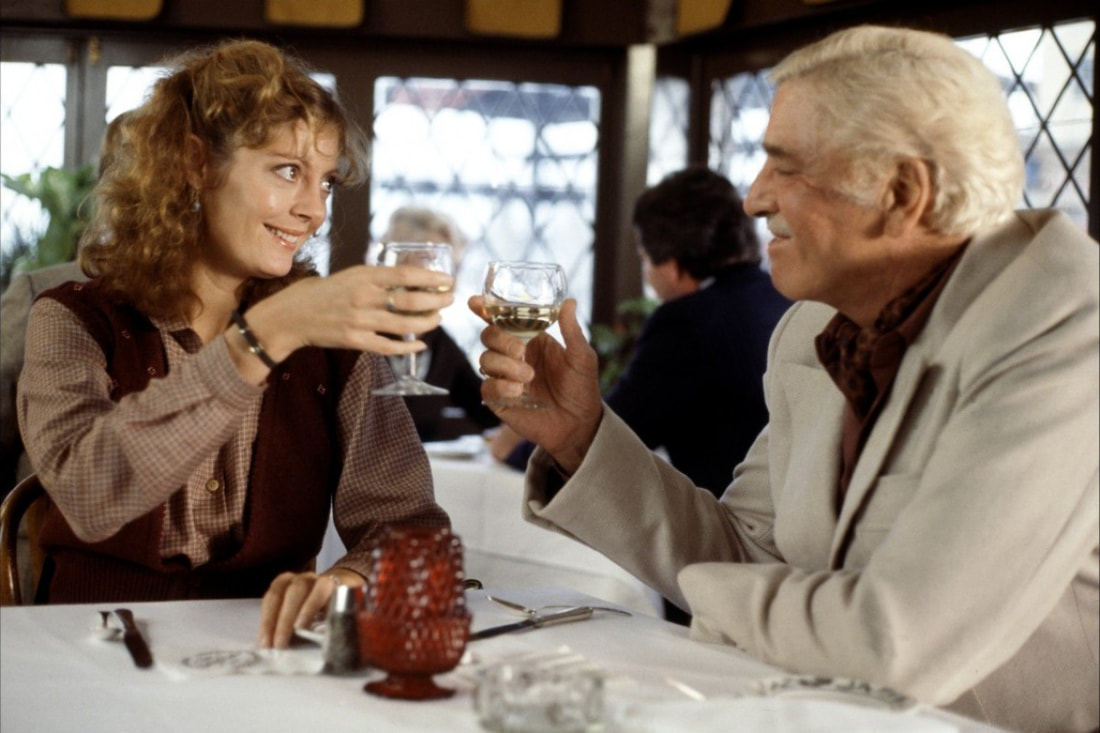|
With a semi-satirical accent, the first few minutes of “Promising Young Woman” manage to both clearly establish and protest the painfully ludicrous reality women experience on a daily basis, in the face of misogyny, sexism, and wanton sexual harassment. A trio of male colleagues, befitting all the slanderous accompaniments of the term “bro”, are at a bar half-drunk, and cribbing about a female colleague’s rational outcries about workplace discrimination. They deem themselves rightful in their petty arguments. Noticing a very drunk woman slouched over on a couch, their discourse then pivots to moral-shaming her - about alcohol abuse, provocative attire, promiscuity, the works. One among the trio approaches her under the veil of helping her, and before you know it, the woman is at his apartment. Pretending and proclaiming to be a nice guy, he then proceeds to force himself upon her, while she faintly protests. That’s when the tables turn. “Promising Young Woman” is a bitter pill inside a sweet sugary coating. It exposes the female experience in modern society masked within with a shiny bright surface tale of revenge, love, and possible redemption. After her childhood friend suffers a brutal treatment in the wake of a sexual assault, Cassie takes it upon herself to evangelize the cause of women’s safety and respect - both tarnished by insurmountable axioms deep embedded in the cultural psyche. Her revenge path is equal parts smart, subtle, and in-your-face, with Cassie making justified, yet myriad and semi-maniacal attempts at righting impenetrable wrongs. After her initial encounter with the semi-drunk “nice guy”, we see her walking home the next morning with red stains on her dress and feet. We just aren’t quite sure if it’s blood from the man she’s just lured from a bar to kill, or if it is just sauce from her morning snack. Writer-Director Emerald Fennell curates the movie with an amusing irony. Cassie’s life is surrounded by dazzling, vivid colors. Some of the people surrounding her are genuinely nice, yet are complacent, shoving past traumas under the proverbial carpets of life. Perhaps, they have somehow found the resolve to move on, perhaps fighting the good fight in their own unprovocative, conventional ways. Cassie cannot bring herself to make sense of this. Incidentally, she meets a former classmate and ends up dating him. His relationship with Cassie opens the doors for possible and ultimate retribution for her. The movie even swindles us into its mellow rhythms with an affable soundtrack, that includes the likes of Paris Hilton’s “Stars are Blind”. But a stark and shocking hit of reality is always around the corner. Carey Mulligan is stellar in the movie, effortlessly switching between the bright hues and the dark ones. Cassie is no hardened vigilante - there is love, strained resolve, and vulnerability under her skin and Mulligan channels this sharply, to the point of smartly employing the subtle tenor in her voice. Benjamin Kracun’s visuals carry the aforementioned dual tone of the movie well, the frames popping vividly on the surface but the movements defining its wryness. At times, “Promising Young Woman” might play out like a satire, and largely, as a dark comedy. But it really is a helpless smirk at the state of things. One can see this through much of the dialogue and discourse on display - like a guy that goes “why do you guys have to ruin everything?” - when he realizes Cassie’s true motive after picking her up at the bar thinking she was drunk. Beyond its dry humor and short-lived pop corn fantasies, this movie makes you angry. Despite its several colorful affectations, it makes you clearly see the futile attempts of a young woman to just be heard!
0 Comments
The venerable Aaron Sorkin states in his masterclass.com lecture that if you have a story about a place and its people, it should become a TV show. Movies, in his opinion, are about intents, conflicts, and resolutions. The resolution may not be a happy one but there is still one. This, more or less, fits with our understanding of what movies are, and why we go watch them in the first place. We’re seeking stories - of triumph, sorrow, squalor, or redemption. Sometimes we seek pure entertainment where as other times, we are soul searching, yearning to find a resonance or a reflection of ourselves. When the movie ends, we go home, treating the characters as memories frozen in time and space. As if we carry picture postcards of the movie’s final frame, a summary scribbled in broad strokes on the back and a rating where the zip code goes. No matter how we approach cinema, it is usually about this endgame - the happy, sad, tough, or miraculous path to the ever-after. “Drive my Car” is curious about the long, slow drawl of life that comes after the big moments we typically see on screen. It is a movie about the ever-afters - the consequences and the fallouts, of big events that seem to fundamentally change life yet retain its trajectory. It is about losing loved ones and how that delivers debilitating grief that feels like an endless vacuum. It is about the constant power struggle between the tenacious grip of this vacuum and the flawed human attempts to fill it. In strokes both broad and fine, this movie is about life’s prognosis when all of its purpose has been stripped away in one fell swoop. Ryusuke Hamaguchi truly gets this condition. In “Drive my Car”, he creates a 3-hour long work of artistic, cinematic, and humanistic indulgence. It is seminal not only in its exploration of philosophical quandaries but also in how it plays with a movie’s structure to achieve a consummate effect on the viewer. It demands the audiences’ attention through out its protracted screen time, delivers enough to hold this attention, and then rewards the viewer with profound allegories to take home. I have seldom seen expanded works of cinema that are so finely crafted, tailored even, to every last minute of storytelling. The creation here has microscopic attention to detail yet macroscopic intent. Dare I say, in comparison, works of the French and Italian new wave masters feel a bit unnecessarily abstract and vague (looking at you, Antonioni and Godard!). Grossly speaking, “Drive my Car”plays out in three acts - that work almost like three layers that take us deeper and deeper into the aforementioned ever-after. Each part is roughly an hour long, with the opening credits placed firmly at the end of the first one. It unfolds like a play, and in fact, is about a play that is used somewhat as a MacGuffin. The first act thoroughly layers in the complicated yet loving relationship between successful actor/playwright Yusuke Kafuku and his actress wife, Oto Kafuku. An unforeseen tragedy leads Yusuke across the country, tasked with directing a play that could be his magnum opus. But this also holds core challenges - he can’t bring himself to play the lead role. Diffusing from the first act into the second, we see Yusuke’s commitment to his car and his art, how one becomes a conduit to the other, and how both become windows through which he chooses to see the world and the questions he has for it. The third act then absorbs Yusuke through these windows, asking him to surmount the very predicament he is escaping from. Along this path, Yusuke meets a smattering of characters, all in different states of hope and despair, as is often the case with life. The most significant of these is Misaki Watari, employed by the theater to drive Yusuke around. Misaki is stoic on the surface but has traumas from her own past, juxtaposing her interestingly next to Yusuke. None of the film’s acts transition into each other through steadfast markers though - they’re not doors that open into new rooms, rather just all interconnected hallways that take you down the long, unsuspecting path of life - fording through subtle yet difficult transformations. Even the acting all around is delivered with a delicate and casual poise. A lot of the technical craft in the movie, including Hidetoshi Shinomiya’s visuals and Eiko Ishibashi’s music, feels deliberately mellowed. Nothing is in your face, yet it all manages to sneak its way subtly into your psyche. In “Drive My Car”, Hamaguchi inconspicuously builds a narrative that is a focused and humbling rumination on how people, their vocations and avocations, and the environment - even the titular car - all become mere artifacts to fill their lives and its emptiness with. As expertly rendered as it is, the filmmaking prowess is far from the argument for this movie - it is a definite and decent effort to understand what it means to be have human consciousness and interact with everything around us. When the world exposes the fragility of the facades and purports we build for ourselves, how do we make sense of what we had, and where do we go next? “Drive My Car” is now streaming on HBO Max. There are a lot of pauses in the dialogue in this film. Not just the dialogue, even the acting is peppered with considered pauses. It is by no means a narrative inefficiency though - it is a deliberate feature. “Still of the Night” is a slow burner with precisely measured performances from Meryl Streep and Roy Scheider. These pauses they take characterize their roles with fear and desire. This direction is perfect, for when the movie begins, we meet Scheider’s Sam and Streep’s Brooke at times of their lives that are riddled with insecurities. A recently divorced Sam finds out one of his psychiatric patients has been murdered, who happens to be Brooke’s lover (who naturally becomes a prime suspect). Strange as it may, this tense movie had a calming effect on me, owing to its slower, deliberate narrative. Most modern potboilers or whodunits have a ratcheted up pace - a plot peppered with twists, quick cut edits, overdone stylization, the works. “Still of the Night” chooses to beat a different drum. In a very 80s sense, the movie is slow and focused, giving each scene its due time and weightage. It almost plays out like a horror film, where you see one of the actors descend slowly into a seductive stupor fueled by infatuation for the other - which could only end badly. Yes, it even employs some cheap thrills and jump scares, but they are few and far apart and accompany artistic strokes. The only thing missing from the movie is a jarring score reminiscent of “Eyes Wide Shut”. Streep plays a stunning damsel in distress, tentative on the surface but with a determined air of vice and fatality that pops out vividly in the film’s careful voyeurism. Schneider’s Sam is effective as a helpless romantic, slowly getting sucked into the obvious charm and the subterranean melancholy of his predicament. The best way to experience the delicate craft of this movie is through an auction scene that happens in the second half. Brooke is an art dealer at a gallery, in the midst of a heated auction, working aggressively with clients on the phone to place bids. The cops may be convinced that she is the culprit and are there to get her. Sam wants to alert her, help her escape, but is stuck in the auction on the last row - polite enough to not disrupt the show’s proceedings, scared enough to not expose himself to the cops, yet desperate enough to catch her attention. In this twist, he starts placing bids on an item he doesn’t even care about. The scene plays out long, slowly building up the tension. No extravagant disruptions here - just a tightly drawn long string of moments that keep us sweating at the brow. This is a mark of great screenwriting and film making, of artists being confident in their setup and delivery, and not resorting to post-production antics like flashy editing or a thunderous score. Maybe that explains the movie’s relative lack of background score. The stillness in sound, in movement, and the anticipation of the blow around the corner - that irresistible wait, that is the real draw. As proclaimed in its title, this movie is all about stillness, and the horrors that lurk beyond it. Now streaming on Amazon Prime Video. |
Read MoreAtlantic CityAtlantic City says so much about two people in a relationship, without saying too much.
Booksmart
A comedy that is fun, while being just good cinema in the first place.
Categories
All
|









